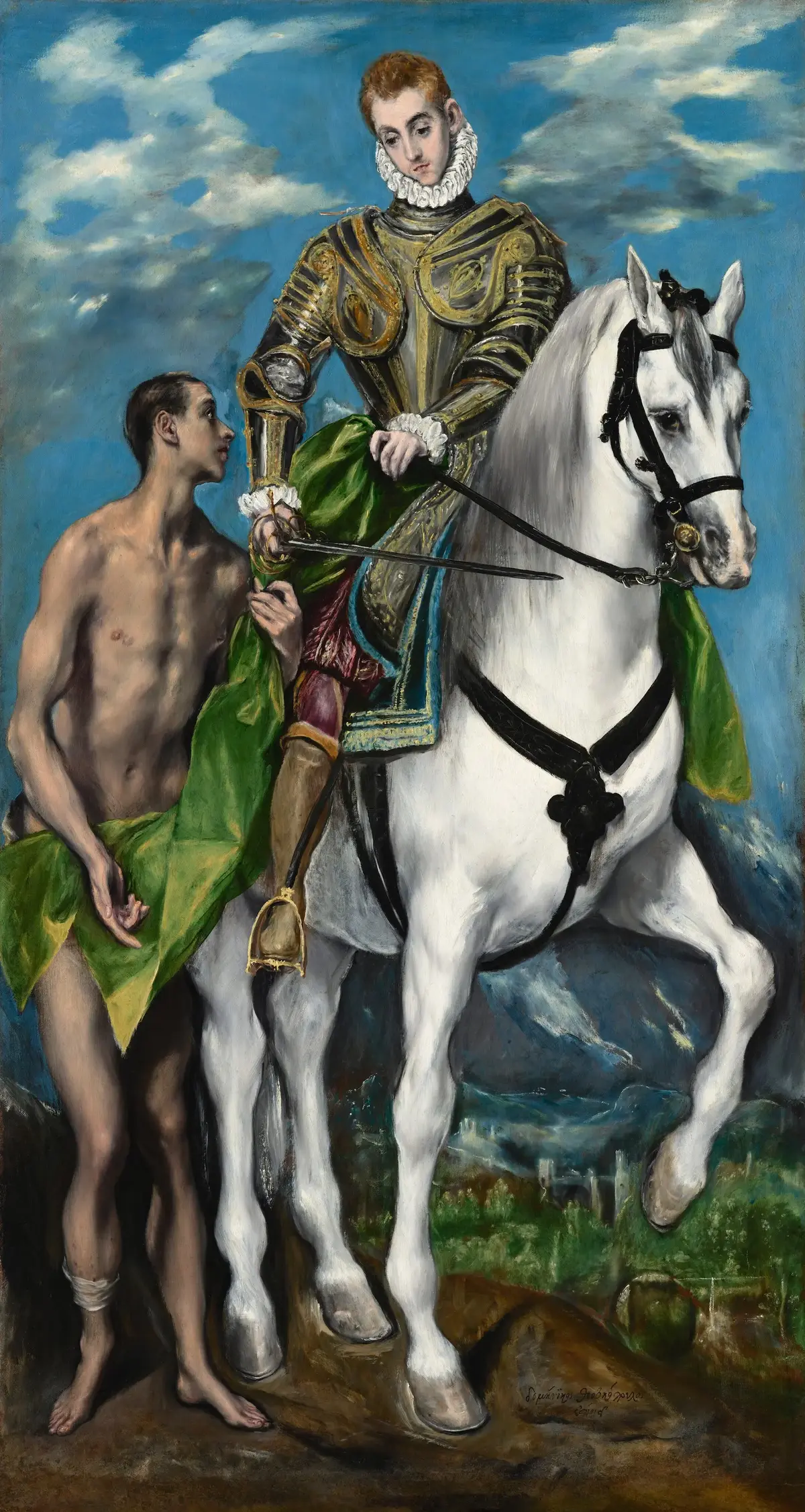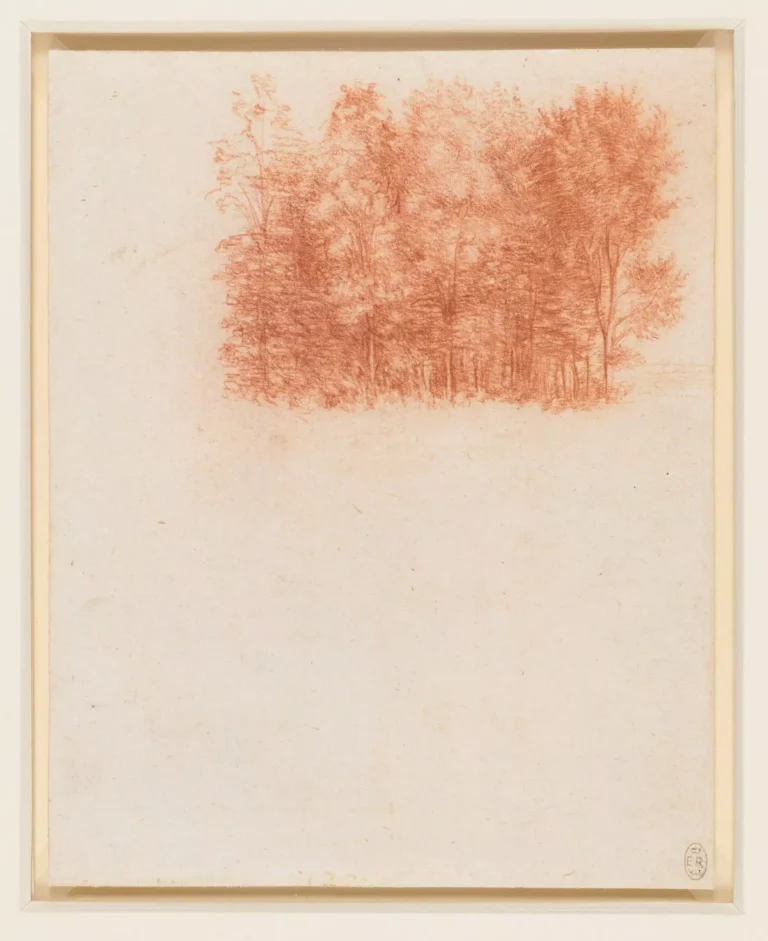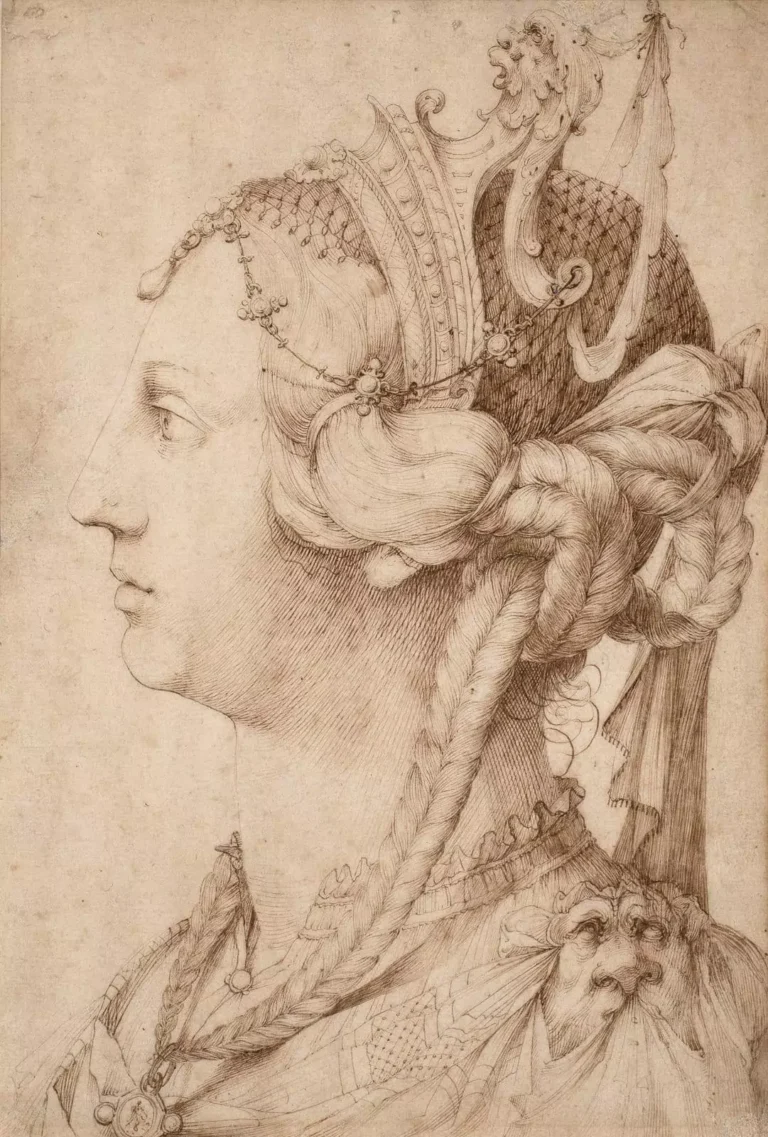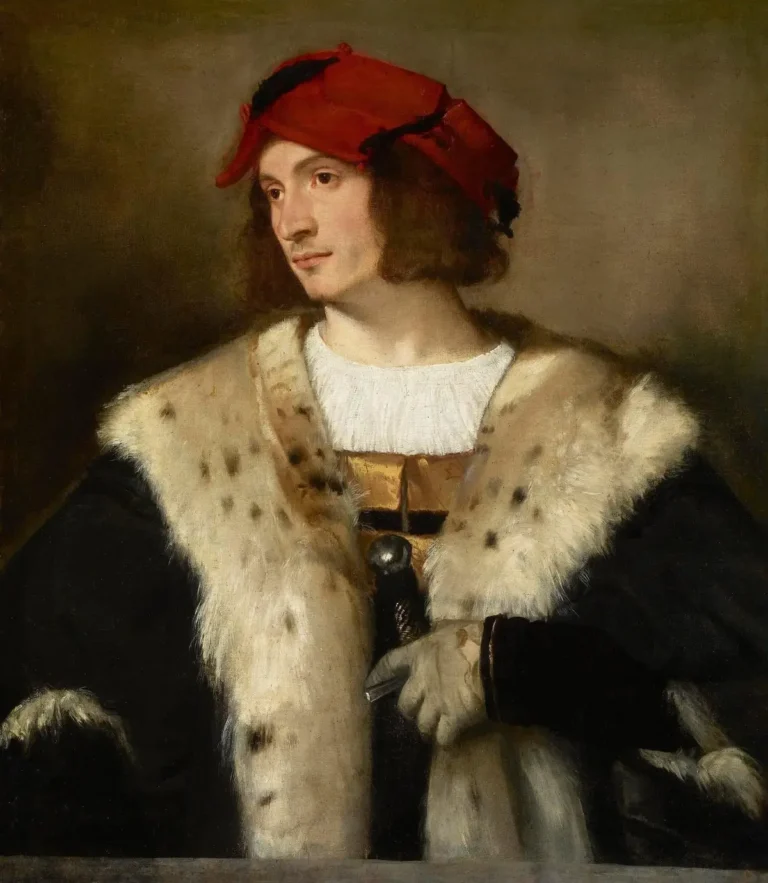Looking for a muse? Check no further. Discover the Best of Art, Culture, History & Beyond!

| Artist | El Greco |
|---|---|
| Year | c. 1597-1599 |
| Type | Oil paint on canvas |
| Dimensions | 193.5 cm × 103 cm (76.2 in × 41 in) |
| Location | National Gallery of Art, Washington DC |
Grace in Motion – El Greco’s Saint Martin and the Beggar
El Greco did not paint mere moments; he painted transformation. In Saint Martin and the Beggar (1597–1599), now housed in the National Gallery of Art, we do not see a fixed point in time. Instead, we witness a process—one that exists beyond earthly chronology, suspended in the kind of spiritual flux that defines his most powerful works.
The subject is Saint Martin of Tours, the 4th-century Roman soldier who, encountering a freezing beggar, used his sword to slice his cloak in two, giving half to the man in need. A straightforward story of charity, perhaps—but in El Greco’s hands, it becomes something far grander, something otherworldly.
Bodies in Flux
Start with the legs. There is an uncanny fluidity to them—Saint Martin’s, the beggar’s, even the horse’s. They align and undulate in rhythmic repetition, flickering between substance and spirit. These aren’t bodies rendered with the anatomical precision of Caravaggio or Titian; they are bodies in transition, figures wavering between the corporeal and the ethereal.
The saint himself is resplendent in shining armor, a calculated anachronism that places him not in some distant past but in a time familiar to El Greco’s contemporary viewers. And yet, he is not bound by the world. He sits atop his steed with an almost supernatural ease, as if unbothered by gravity, extending a hand that seems both part of and apart from reality.
The beggar, by contrast, appears spectral, his gaunt body wrapped in the flickering chiaroscuro that defines El Greco’s late style. His presence is ghostly, suggesting not only his suffering but something more profound: an openness to divine grace, a moment of transfiguration.
Toledo and the Divine
Through the legs of the horse, we glimpse Toledo—the city of El Greco’s adopted home—situated like an apparition in the background. It’s a deliberate insertion, rooting the biblical narrative in the artist’s present, much like the armor. Yet, Toledo here is not just a city; it is a symbol, a reminder that sanctity and transformation are not confined to history but exist within reach.
The entire composition pulses with the sense that the material world is not as solid as it seems. The brushwork is loose, restless, shimmering with movement. Light and shadow do not simply describe form; they consume it, reshape it, turning figures into spectral flames. The entire scene, from Martin’s gesture to the beggar’s hollowed expression, is not an event—it is a metamorphosis.
The Power of Compassion
In the end, what El Greco offers is not just a visual retelling of a saint’s charity but a meditation on transformation itself. The act of giving, in this painting, is not just kindness; it is transcendence. The boundary between the earthly and the divine dissolves, and for a moment, the beggar and the saint, the sinner and the saved, are one.
With Saint Martin and the Beggar, El Greco doesn’t ask us to witness a story. He asks us to step into it, to feel the shifting of forms, the trembling of matter, and to recognize that grace, too, is always in motion.

This article is published on ArtAddict Galleria, where we explore the intersections of art, history, and culture. Stay tuned for more insights and discoveries!



